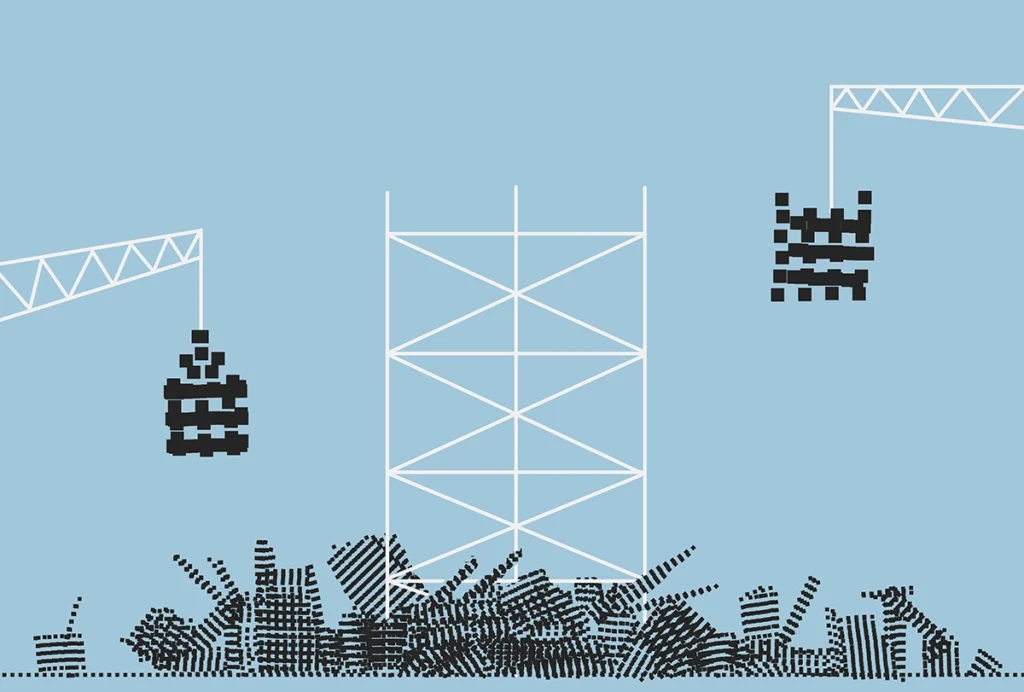Vijay Namboodiri and Ali Mohebi on the evolving story of dopamine’s role in cognitive function
Researchers discuss the classic stories of dopamine’s role in learning, ongoing work linking it to a wide variety of cognitive functions, and recent research suggesting that dopamine may help us “look back” to discover the causes of events in the world.
The classic story of dopamine’s role in learning is related to reward prediction errors—dopamine is modulated when you expect a reward and don’t get it, and when you don’t expect a reward but do get it. Vijay Mohan K. Namboodiri, assistant professor of neurology at the University of California, San Francisco, calls this a prospective account of dopamine function because it requires an animal to look into the future to expect a reward. Namboodiri has shown, however, that a retrospective account that links dopamine to how we understand causes and effects in our ongoing behaviors might better explain many known behavioral data.
In this episode, Namboodiri gives us a deep history lesson about dopamine, his newer story and why it has caused a bit of controversy, and how all of this came to be. Ali Mohebi, assistant professor of psychology at the University of Wisconsin-Madison, discusses the broader role of dopamine in cognitive functions, its effects over different time scales and its role among the many other neurotransmitters swirling around our brains.
Read the transcript.
For more on this topic, check out:
Recommended reading
Daniel Nicholson discusses how Schrödinger’s book ‘What is Life?’ shaped years of biology, research
Explore more from The Transmitter
Kenneth Harris and Andreas Tolias explain how AI has informed their neuroscience research

Does a new theory of dopamine replace the classic model?
